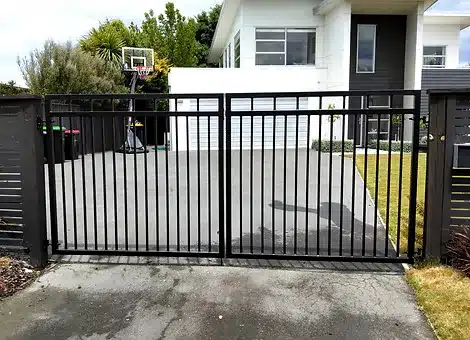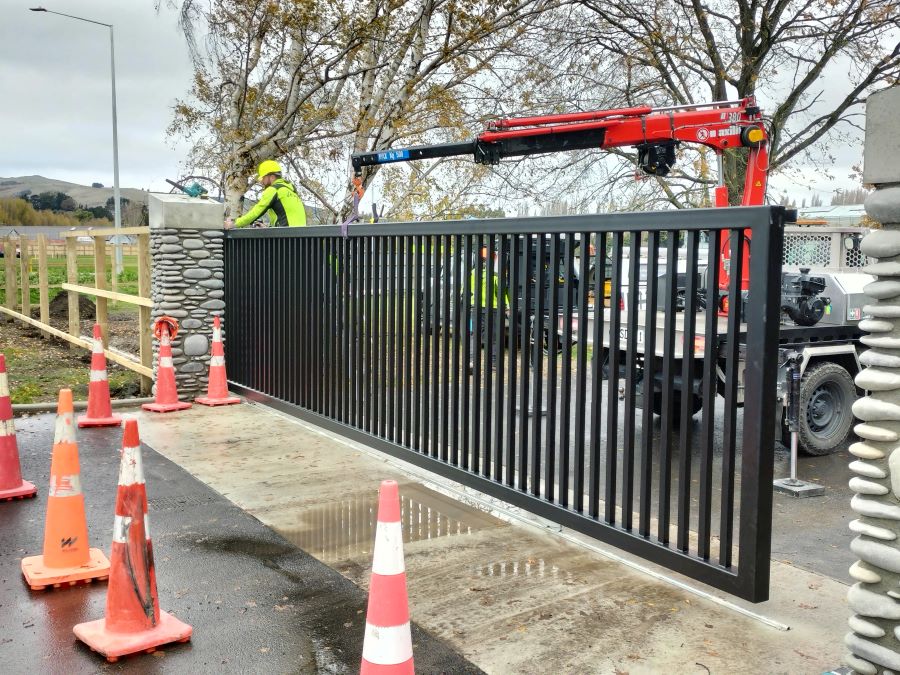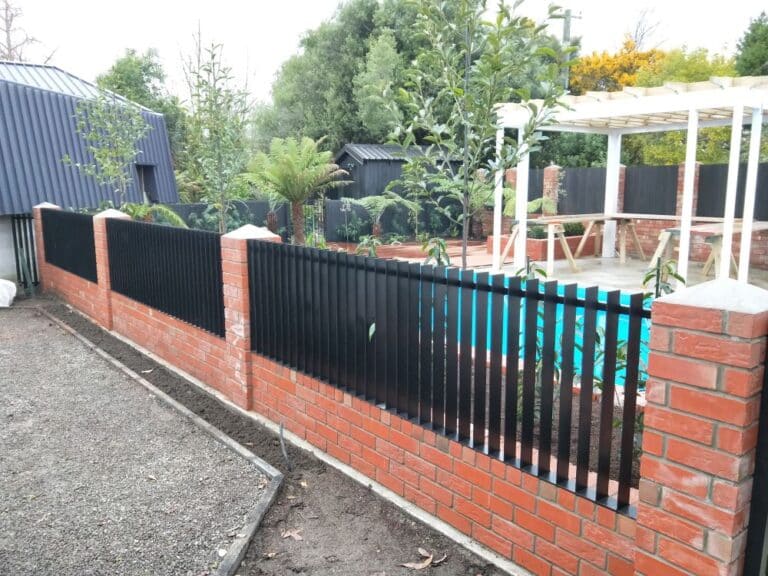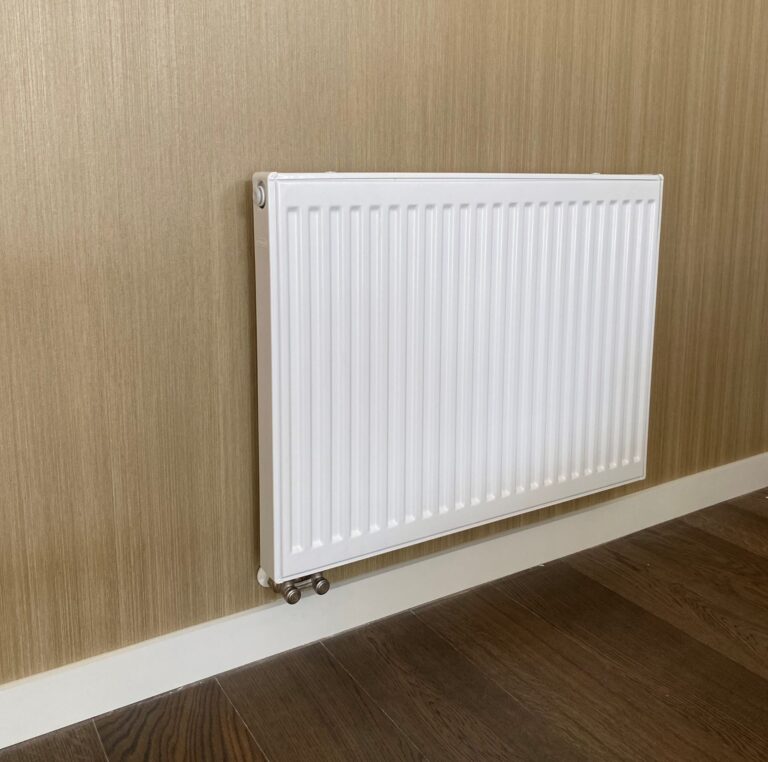Sliding gates are a popular choice for many Christchurch properties, offering security, convenience, and aesthetic appeal. However, if you live in a coastal or high-wind area, selecting the right gate is crucial. Christchurch’s coastal environment brings challenges such as salt corrosion, strong winds, and shifting debris, all of which can affect the longevity and functionality of your sliding gate.
In this guide, we explore the best materials, design features, automation options, and maintenance tips to ensure your sliding gate remains durable and reliable in these conditions.
Why Sliding Gates Need to Withstand Coastal and High-Wind Conditions
The Unique Challenges of Coastal Properties
Coastal properties in Christchurch are constantly exposed to salt-laden air, which accelerates corrosion in metal components. This salt exposure can cause rust, weakening the gate’s structure and reducing its lifespan. Additionally, strong winds from the ocean put extra stress on sliding gates, increasing the risk of misalignment or mechanical failure.
Another issue is the presence of sand and debris, which can clog the gate’s track system, causing rough operation or complete blockages. A gate designed specifically for these conditions will resist these challenges and provide long-term performance.
The Impact of High Winds on Sliding Gates
High winds can pose a serious threat to sliding gates, especially those not designed to handle extreme weather. A poorly installed or lightweight gate may become unstable, leading to misalignment or even structural damage. Strong gusts can also push against the gate, increasing strain on the motor and track system.
If a gate is not properly anchored, it may shift or become jammed, making it difficult to open and close. To combat these risks, it is essential to use reinforced frames, heavy-duty guide tracks, and secure anchoring points that keep the gate firmly in place.
Choosing the Right Materials for Durability and Performance
Best Materials for Coastal Conditions
Selecting the right material is one of the most important decisions when installing a sliding gate in a coastal or high-wind area. Aluminium is a top choice because it is lightweight, naturally resistant to rust, and requires minimal maintenance. Stainless steel is another excellent option, offering high durability and corrosion resistance, although it is heavier and may require additional support.
Powder-coated steel provides the strength of steel with an added layer of protection against the elements. Meanwhile, composite or PVC gates offer a non-corrosive alternative, standing up well to salt exposure and moisture without the risk of rust or decay.
Materials to Avoid in Harsh Weather
While some materials may be suitable for general use, they do not perform well in coastal or high-wind conditions. Untreated steel is highly susceptible to rust, which can weaken the gate over time and lead to costly repairs. Similarly, softwoods such as pine and cedar are prone to warping and rotting in damp environments, making them a poor choice for long-term durability. Opting for corrosion-resistant and weatherproof materials will help ensure your gate remains functional and visually appealing.
Design Features to Improve Wind Resistance
Wind-Permeable vs. Solid Panel Designs
When installing a sliding gate in a high-wind area, its design plays a key role in stability. Wind-permeable gates, such as those with slatted or perforated panels, allow air to flow through, reducing resistance and minimising wind pressure. These designs are ideal for exposed locations where wind speeds can be extreme.
In contrast, solid panel gates act like wind barriers, catching strong gusts and increasing the risk of structural damage or operational issues. If you prefer a solid look, reinforcing the gate with additional support can help prevent bending or warping.
Reinforced Tracks and Guide Systems
A strong track and guide system is essential for keeping a sliding gate stable in high winds. Heavy-duty rollers ensure smooth movement even when wind pressure is high, while reinforced guide posts prevent the gate from swaying or coming off its track.
Secure ground fixings help keep the entire system stable, ensuring reliable operation in all weather conditions. Investing in a wind-resistant track system will significantly extend the life of your gate and reduce maintenance requirements.

Automation and Smart Features for Coastal Sliding Gates
Wind-Sensitive Auto Stop and Safety Sensors
Automated sliding gates offer increased security and convenience, but in high-wind areas, they need additional features for safe operation. Wind-sensitive auto-stop sensors prevent the gate from moving when wind speeds exceed a certain threshold, protecting the motor from overworking.
Motion sensors also help by detecting obstacles and stopping movement if the gate encounters resistance. These safety measures prevent unnecessary wear and tear while reducing the risk of accidents.
Remote Access and Smart Integration
With unpredictable weather conditions in coastal areas, having remote access to your sliding gate is a major advantage. Smart gate systems allow you to control the gate from your phone, ensuring you can close it securely even if you’re not at home.
Solar-powered automation is another useful feature, especially for properties in exposed locations where power outages may occur. By integrating smart technology, your gate remains functional and secure regardless of the conditions.
Maintenance Tips to Keep Your Sliding Gate in Top Condition
Preventing Rust and Corrosion
Routine maintenance is essential for extending the lifespan of your sliding gate. Regular cleaning with fresh water removes salt buildup, preventing premature rust and corrosion. Applying protective coatings and sealants adds an extra layer of defence against moisture, especially on metal components. Keeping all parts well-lubricated will also prevent mechanical issues, ensuring smooth operation.
Checking and Adjusting Tracks
The track system is the backbone of a sliding gate, and in coastal areas, it can quickly accumulate debris. Regularly clearing sand, leaves, and dirt from the track prevents jams and ensures smooth movement. Lubricating rollers and hinges with a weather-resistant product will reduce friction and prevent components from seizing up. Making these simple adjustments will keep your gate in excellent working condition year-round.
Best Sliding Gate Brands and Suppliers in Christchurch
Recommended Local Providers
When choosing a sliding gate for a coastal or high-wind area, it’s important to work with a reliable supplier. Christchurch has several reputable providers offering custom gate solutions specifically designed for challenging environments.
These companies specialise in corrosion-resistant materials, reinforced tracks, and automated systems tailored to withstand local weather conditions. By choosing an experienced installer, you can ensure that your gate meets all durability and performance requirements.
Final Thoughts
Installing a sliding gate in Christchurch’s coastal and high-wind areas requires careful consideration of materials, design, and automation features. Choosing corrosion-resistant materials such as aluminium or powder-coated steel ensures longevity, while wind-permeable designs reduce pressure and improve stability.
Reinforced tracks and smart automation add extra resilience, making your gate safer and more reliable. Regular maintenance will further protect your investment, keeping it in top condition for years to come. If you’re looking for the best sliding gate for your property, consult a professional to ensure you get a system that meets your specific needs.




